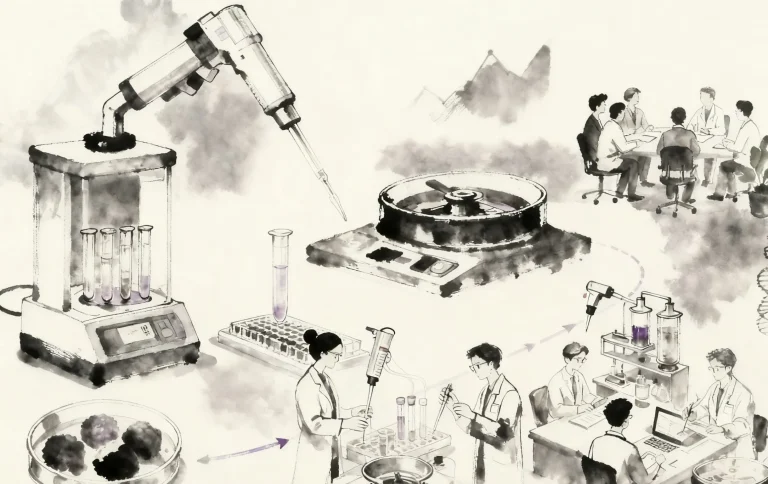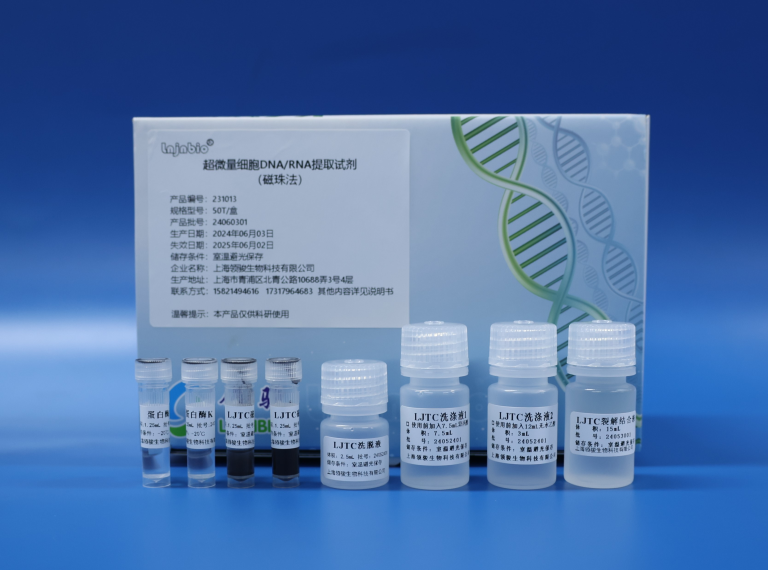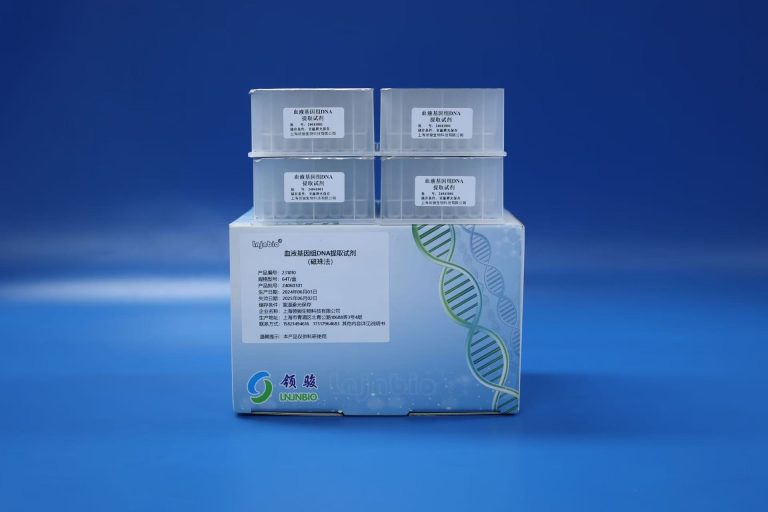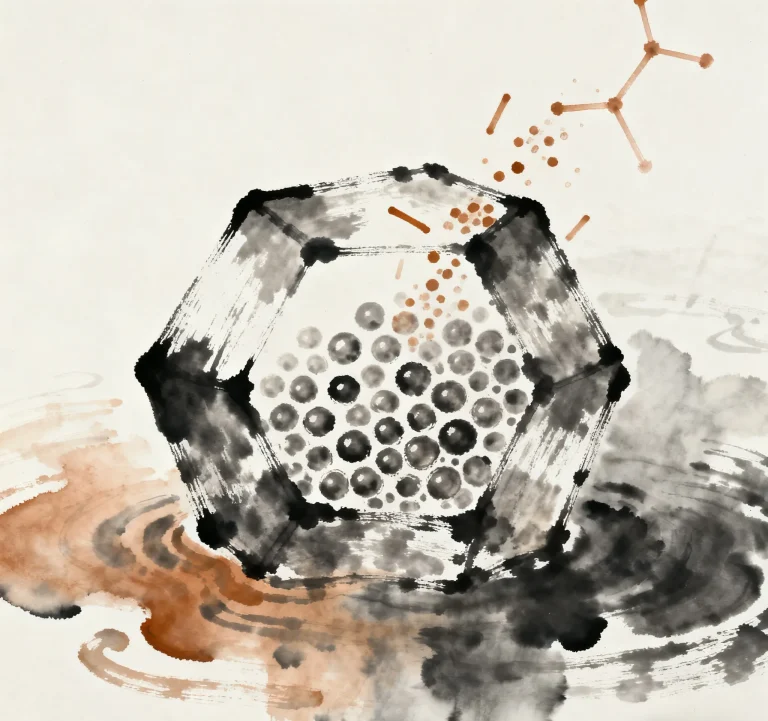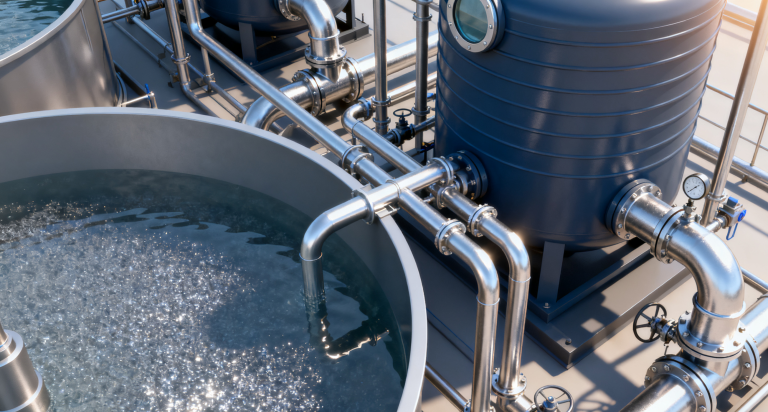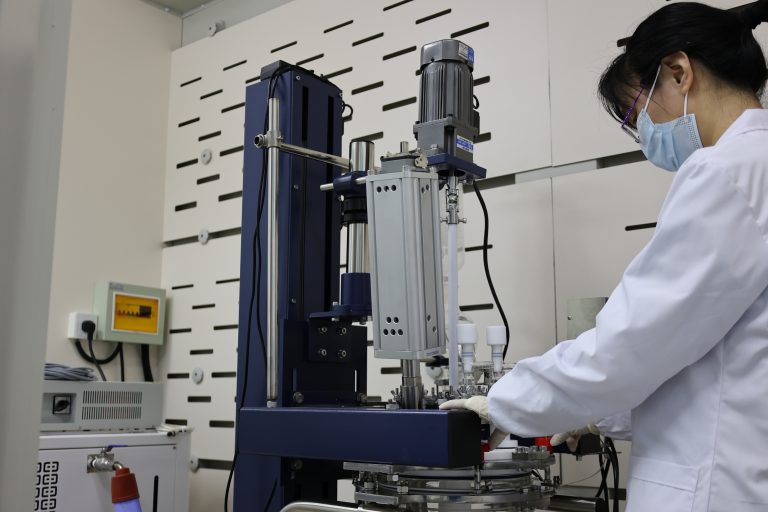Professional Manufacturer of Biomagnetic Beads

Are Magnetic Beads the Best for Mycoplasma Nucleic Acid Extraction?
Introduction
The “Magnetic Bead Method” can rightly be hailed as the “new benchmark for nucleic acid extraction in Mycoplasma Pneumoniae.” With its advantages of high efficiency, automation, safety, and high throughput, magnetic bead-based nucleic acid extraction technology has become the mainstream and gold standard in the current field of molecular diagnostics, including for the detection of Mycoplasma pneumoniae pneumonia (MPP).
1. Why is Nucleic Acid Extraction Crucial for Mycoplasma Pneumoniae?
Mycoplasma pneumoniae pneumonia is a respiratory infection caused by Mycoplasma pneumoniae. The pathogen has a unique structure (lacking a cell wall), making it difficult and time-consuming to culture.
Therefore, nucleic acid detection (such as PCR) has become the preferred method for rapid clinical diagnosis. The “first and most critical step” in nucleic acid testing is nucleic acid extraction.
The quality of extraction directly determines the following aspects of subsequent test results:
- Accuracy: Avoids false negatives (nucleic acid not extracted) and false positives (contamination during extraction).
- Sensitivity: Enables the detection of minimal amounts of pathogen nucleic acid in the sample.
- Reliability: Results are stable and reproducible.
2. Magnetic Bead Nucleic Acid Extraction: How Did It Become the “New Benchmark”?
Compared to traditional methods (such as phenol-chloroform extraction and column-based methods), the magnetic bead method achieves comprehensive performance improvements, specifically reflected in the following aspects:
2.1 High Efficiency and High Yield
Principle:
Magnetic beads are coated with functional groups that specifically adsorb nucleic acids (DNA/RNA). When the beads are mixed with the sample lysate, nucleic acids bind firmly to them. Under an external magnetic field, the beads (along with the bound nucleic acids) are rapidly concentrated and separated. Impurities like proteins and salt ions are removed through washing steps, and finally, pure nucleic acids are eluted using an elution buffer.
Advantage:
For pathogens like Mycoplasma pneumoniae, which often have low load, the magnetic bead method maximizes the capture and recovery of nucleic acids, significantly improving detection sensitivity and reducing the risk of false negatives.
2.2 Automation and High Throughput
Principle:
The entire process is well-suited for automated nucleic acid extraction instruments. Operators only need to add samples and reagents, and the instrument automatically completes all steps: lysis, binding, washing, and elution.
Advantage:
- High-Throughput Processing: One instrument can process dozens or even hundreds of samples simultaneously, greatly improving efficiency, making it ideal for hospital laboratories and large-scale screening needs.
- Labor Saving: Frees technical personnel from tedious and repetitive manual operations.
2.3 Excellent Purity and Consistency
Principle:
The magnetic bead method, through multiple efficient magnetic separations and washes, can more thoroughly remove inhibitors from the sample (such as hemoglobin, immunoglobulins, respiratory mucus, etc.). These inhibitors are key factors affecting PCR amplification efficiency.
Advantage:
The extracted nucleic acids are of high purity, providing a “cleaner” template for downstream PCR detection, ensuring accurate and reproducible results, and reducing experimental failures caused by the extraction step.
2.4 Operational Safety and Simplicity
- Closed-Tube Operation: Automated systems mostly use closed-tube operations, greatly reducing aerosol generation and lowering the risk of laboratory contamination and operator exposure to pathogens.
- Streamlined Workflow: Avoids error-prone and potentially contaminating steps common in traditional methods, such as centrifugation, tube transfers, and liquid aspiration.
2.5 Standardization and Traceability
Automated instrument operation is program-controlled, ensuring highly consistent reagent volumes, reaction times, and temperatures for each step, thus standardizing the extraction process.
This facilitates the establishment of Standard Operating Procedures (SOPs) in laboratories, ensures result quality, and simplifies data management and traceability.
Comparison with Traditional Methods
| Characteristic | Magnetic Bead Method (New Benchmark) | Traditional Column Method | Phenol-Chloroform (Classic Method) |
| Automation Level | High, fully automatic | Low, primarily manual | Low, entirely manual |
| Throughput | High | Low to Medium | Low |
| Extraction Efficiency/Yield | High and stable | Medium | High, but unstable |
| Purity (Inhibitor Removal) | High | Medium | Relatively high, but variable |
| Operational Safety | High (closed-tube operation) | Medium (often involves open tubes) | Low (toxic reagents) |
| Reproducibility/Standardization | Excellent | Variable (operator-dependent) | Poor |
| Cost | High instrument investment, medium per-test cost | Low (no instrument cost) | Low (but toxic waste disposal costs) |
| Suitable Scenarios | Clinical large-scale testing, high-throughput screening | Small-batch research, small labs | Basic research |
3. Brand Recommendation:
Shanghai Lingjun Biotechnology Co., Ltd. has developed various models of silica-based magnetic beads widely applicable in the field of pathogenic disease diagnosis. Specifically, their 160024 magnetic beads can be used for nucleic acid extraction for Mycoplasma pneumoniae. The 160024 magnetic beads offer extremely high detection sensitivity in nucleic acid extraction, enabling rapid screening in the early stages of infection, thereby winning valuable time for disease prevention and control.
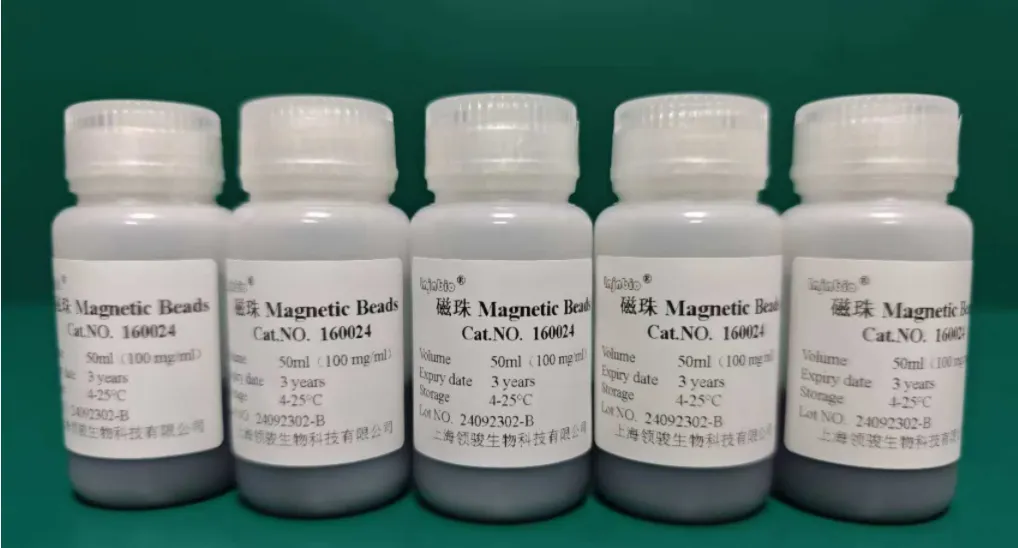
3.1 Product Specifications
Product Code: 160024
Solid Content: 100 mg/mL
Packaging: 2 mL / 10 mL / 50 mL / 500 mL / 1000 mL
3.2 Product Parameters
| Parameter | 160024 |
| Active Group | Si-OH |
| Bead Matrix | Silicon Dioxide |
| Average Particle Size | 1.4 µm |
| Saturation Magnetization | 75 ± 5 emu/g |
3.3 Product Advantages
- High Adsorption Rate: Maximum recovery rate over 95%, strong adsorption performance for both large and small fragments.
- Strong Magnetic Properties: Saturation magnetization of 75 ± 5 emu/g.
- Especially Suitable For: Viral nucleic acid extraction, serum/plasma free DNA fragment extraction.
- High Purity and Sensitivity: Extracted nucleic acids are of high purity and high sensitivity.
- Mature Process and Good Batch Consistency: The product benefits from a mature manufacturing process ensuring good stability between batches.
4. Conclusion
In the diagnosis of Mycoplasma pneumoniae pneumonia, speed, accuracy, and high throughput are core clinical requirements. Magnetic bead nucleic acid extraction technology perfectly meets these needs: its automation enables high efficiency, capable of handling the testing pressure from large volumes of samples from outpatients and inpatients.
Therefore, referring to the magnetic bead method as the “new benchmark for nucleic acid extraction in Mycoplasma pneumoniae pneumonia” is well-deserved. It is not only a reflection of technological advancement but also a crucial cornerstone promoting the routine, large-scale, and standardized application of molecular diagnostics in clinical practice.
Supplier
Shanghai Lingjun Biotechnology Co., Ltd. was established in 2016 which is a professional manufacturer of biomagnetic materials and nucleic acid extraction reagents.
We have rich experience in nucleic acid extraction and purification, protein purification, cell separation, chemiluminescence, and other technical fields.
Our products are widely used in many fields, such as medical testing, genetic testing, university research, genetic breeding, and so on. We not only provide products but also can undertake OEM, ODM, and other needs. If you have a related need, please feel free to contact us .

